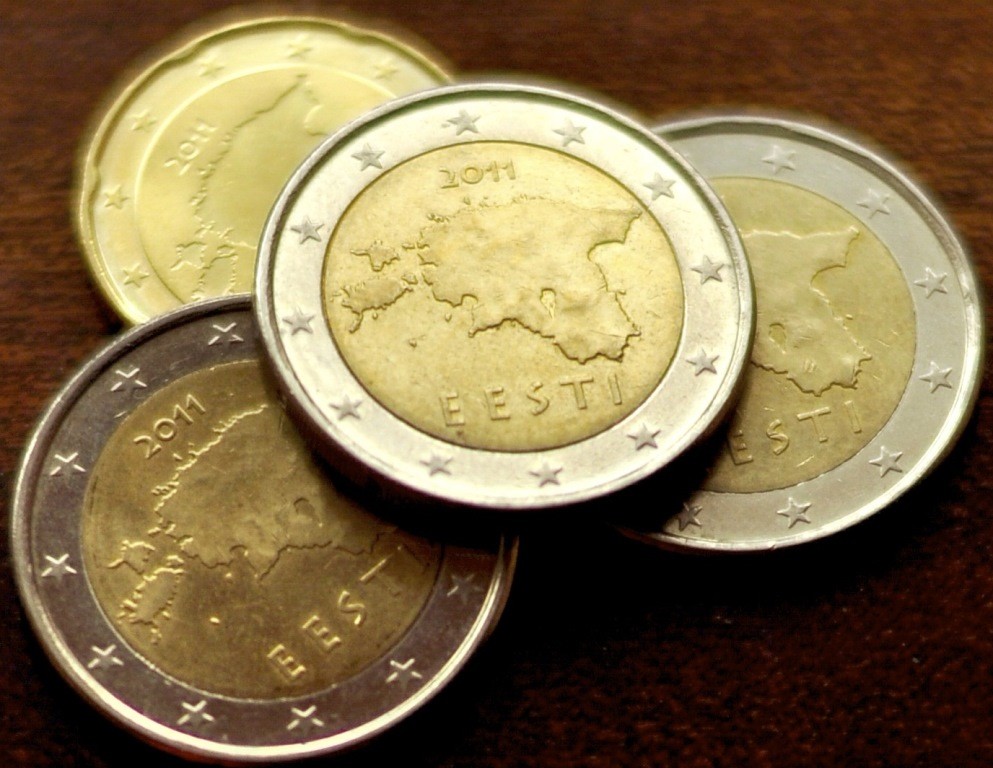Estonia’s inflation continued to accelerate in August as the prices of natural gas and electricity hit new records – the data from Statistics Estonia, the country’s official statistics agency, show the consumer basket was 24.8% higher in price in August than a year earlier; half of the inflation was caused by energy prices, as electricity prices were 206% higher than a year earlier, while natural gas prices were up 244%.
According to the Bank of Estonia, the country’s central bank, various factors are causing the inflation to be very high in Estonia – around half of the increase in the cost of living in Estonia has come from the rapid rise in energy prices and about a quarter of inflation has been caused by higher food prices, while other factors have contributed less.
“Energy prices have risen steeply because of the war in Ukraine and the sanctions on Russia, which have led Russia to stop or sharply reduce supplies of fuels and energy. This confrontation and the need for alternative sources of energy have driven up the prices of fuels on global markets,” the bank said on its website.
“The price of gas has risen particularly high. Increasing demands to replace gas with coal or other more polluting fuels has raised the price of emissions quotas in Europe. The price of electricity has risen sharply in the Baltic region because there is a lack of capacity here for producing cheaper electricity.”

Food prices may rise further
Higher prices for food commodities and higher processing costs are feeding increasingly into the retail prices of food. Inflation for food prices increased to 21% in August.
“Prices for food have risen a little more slowly in Estonia than in the other Baltic states though. One reason for that may be the tight competition, especially since the Lidl chain entered the Estonian market,” Sulev Pert, an economist at the Bank of Estonia, wrote on the bank’s website.
“There are differences in how food prices have risen in the Baltic states, as dairy prices in Estonia have risen notably more slowly, but prices for fish products have risen notably faster. Food prices may rise further because the excessively hot weather in southern Europe this year has reduced harvests.”
Prices for services have mainly risen because demand has been very strong. The tourism sector has recovered after the COVID restrictions were released as households can use the savings they built up earlier for travelling.

Inflation will slow at the end of the year
“Costs have risen for tourism companies because wage growth in the sector has become very fast, and there are signs of higher fuel prices being passed through into transport prices. The rental market has also exited its pandemic slump. Rents were up 29% over the year in July in Estonia, which was the largest increase in the euro area.”
As the rate of growth in the Estonian economy has slowed, companies are finding it harder to raise prices.
“Rapid wage growth and high energy prices are causing strong cost pressures for businesses. Inflation will slow at the end of the year as the new government plans to compensate household consumers for part of the cost of energy,” Pert wrote.
In July, Estonia’s inflation year-on-year was 22.8% and in June, 21.9%.

